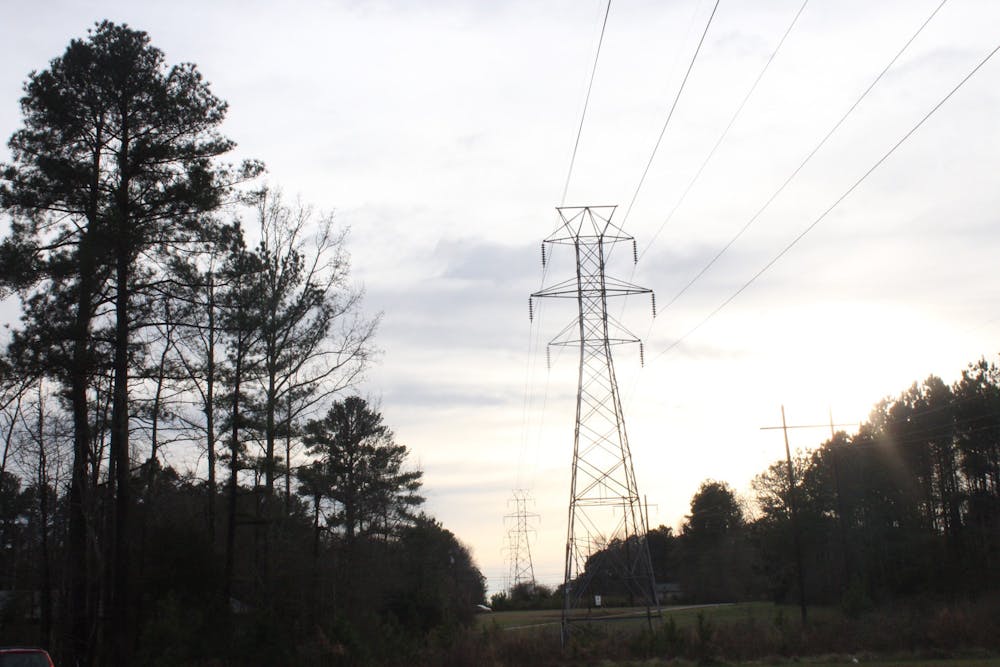UPDATE 01/13/2020: The story was updated to include additional details about Melissa McCullough's career at the U.S. Environmental Protection Agency.
The Chapel Hill Planning Department recently released to the public the long-awaited environmental assessment on the 164 acres of land in southeastern Orange County known as the Greene Tract.
Discussions over development on the land — which is jointly owned by Chapel Hill, Carrboro and Orange County — have been ongoing for more than three decades. In the summer of 2019, the Chapel Hill Town Council voted to pause discussions until an environmental assessment was completed to identify the areas with the highest priority to preserve. The study began in April 2020, and the results were released to the planning department in July.
The results of the study proposed allocating a total of 83.5 acres of preservation concentrated around the wetland habitats of the rare four-toed salamander species.
The other 80 acres of the Greene Tract will likely be developed to meet the needs of a growing county population, including plans for a new school site and affordable housing. There is a particular onus on the jurisdictions to make up for past injustices to the historic Rogers Road neighborhood, which sits directly to the west of the Greene Tract, and has long suffered impacts from a landfill built in 1984 — its use only recently being discontinued.
Although no affordable housing has been built yet, Chapel Hill Mayor Pam Hemminger said the Town has met the needs of Rogers Road residents in other ways, such as by building a new community center in 2014 and beginning to connect the entire neighborhood to water and sewage in 2017.
While the process has not been quick, Hemminger said the jurisdictions are taking time to learn how residents want the land to be developed and how to minimize impacts on wildlife.
“I think we're gonna come out with a much better outcome, because we've taken the time to bring people together to talk about what's best for the community,” Hemminger said.
Melissa McCullough, former associate national program director for the U.S. Environmental Protection Agency and a member of the Chapel Hill Planning Commission, said developing in a way where everybody has a very close access to green space is crucial.



